Introduction
The realm of architectural rendering stands as a cornerstone of modern design, bridging the gap between abstract concepts and tangible realities. It involves the meticulous creation of both two-dimensional and three-dimensional visualizations that articulate an architect’s vision with precision and clarity. This article delves into the multifaceted nature of architectural rendering, exploring its significance in the design workflow, the transformative impact of advanced technologies, and the essential techniques that elevate the quality of visual presentations.
As the industry evolves, understanding the integration of AI, effective lighting, and color theory becomes paramount for architects seeking to enhance client engagement and satisfaction. Furthermore, the article examines the importance of feedback and continuous improvement, underscoring the collaborative nature of architectural design that fosters innovation and excellence.
Through these insights, architects are equipped to navigate the complexities of rendering, ensuring their visualizations resonate with both clients and stakeholders alike.
Understanding Architectural Rendering: Definition and Importance
Architectural visualization includes the production of both two-dimensional and three-dimensional representations that effectively communicate the intent of a structure or area. This process is integral to the design workflow, enabling architects to articulate their visions with clarity and precision to clients and stakeholders. High-quality visualizations are crucial for achieving architectural rendering quality, as they facilitate a comprehensive understanding of the final product and are pivotal in marketing efforts and obtaining project approvals.
In recent years, the sophistication of architectural visuals has advanced significantly, particularly with the integration of AI technology, which is bridging the uncanny valley in lifelike CG humans for architectural visualizations. These innovations enhance communication between homeowners and builders, ensuring that the rendered visuals resonate with the intended audience. Furthermore, the role of lighting—contrasting artificial illumination in interiors with natural sunlight in exteriors—has become increasingly critical in creating dynamic and realistic images.
This contrast not only adds depth to the visuals but also enhances the overall atmosphere of the designs. Pre-sales visualization has emerged as a transformative tool, instilling confidence in projects and generating investment through compelling displays that showcase both functionality and aesthetics. The impact of detailed interior visuals is significant, as they effectively highlight the functionality and aesthetics of spaces, enhancing client satisfaction and marketing effectiveness.
As we approach 2024, the integration of these advanced visualization techniques is becoming increasingly important to enhance architectural rendering quality, with a notable 62% of architecture firms now leveraging cloud-based collaboration tools to streamline project coordination and improve stakeholder engagement. The adoption of these innovative tools reflects a broader trend in the industry, where digital integration is not just a luxury but a standard practice that fosters improved efficiency and collaboration across all phases of design projects. The collective experience of interior visuals in bold home renovation ventures further illustrates how combining aesthetics with pre-sale promotional strategies boosts client satisfaction and marketing efficiency.
Expert Techniques for Enhancing Rendering Quality
To elevate rendering quality and effectively capture the essence of architectural design, lead architects should consider implementing several advanced techniques:
Utilizing High-Quality Textures: Investing in high-resolution textures that authentically represent materials is crucial. This focus on detail not only enhances realism but also adds depth to the visual experience. Texture libraries with a diverse range of options tailored to various architectural styles can be invaluable resources. Given North America’s 34% share of the 3D imaging market in 2023, the demand for high-quality textures has never been more pronounced. Tiny details in textures contribute significantly to the storytelling aspect of the design, allowing viewers to connect emotionally with the visualization.
Implementing Advanced Lighting Techniques: The role of lighting in rendering cannot be overstated. Architects should explore different lighting setups, including the interplay of natural sunlight and artificial sources. Utilizing global illumination settings can simulate realistic light interactions with surfaces, producing authentic shadows and highlights that enrich the overall composition. As G.M.C., a midcareer mentor, highlights, “The integration of advanced lighting techniques is essential for creating immersive architectural experiences.” These lighting techniques also play a vital role in enhancing client understanding of the spatial dynamics within the layout.
Employing Post-Processing Techniques: Post-rendering enhancements using software such as Photoshop can significantly improve the visual appeal of final images. Adjustments to brightness, contrast, and color saturation refine the aesthetic, while effects like depth of field contribute to a more immersive experience. These enhancements not only beautify the images but also support clearer communication of artistic intent to clients.
Incorporating Realistic Landscapes: The integration of realistic landscapes surrounding architectural visualizations adds essential context and dimension. Advanced 3D modeling software allows architects to create natural environments that enhance their creations, boosting viewer engagement. The collaboration between TechViz and Lenovo exemplifies this, providing AR data visualization solutions that facilitate transitions from CAD applications to 3D AR representations, enriching the design process. Such environments help clients visualize the project within its intended context, fostering better communication.
Regularly Updating Software and Hardware: Staying informed about the latest software and hardware technologies is essential for achieving superior results. Modern tools frequently bring improved functionalities that can optimize workflows and decrease processing times, ultimately contributing to higher quality outputs.
By adopting these expert techniques, architects can significantly enhance the architectural rendering quality of their visuals, ensuring that their presentations are not only striking but also effective in conveying design intent through meticulous attention to detail and advanced technology. The incorporation of tiny details not only enriches the visuals but also tells a compelling story that resonates with clients, ultimately improving stakeholder communication and understanding.
Leveraging 3D Modeling Software Effectively
Achieving architectural rendering quality requires a strategic approach to utilizing 3D modeling software. Leading tools such as Autodesk Revit, SketchUp, and 3ds Max are equipped with advanced functionalities that can significantly enhance the visualization process. Our company boasts a review score above 4.5, verified by Trustindex, underscoring our expertise in this field.
Here are several best practices to consider:
Mastering Software Features: Invest time in mastering advanced features, including texture mapping, lighting adjustments, and visualization settings tailored to your chosen software. A deep understanding of these capabilities can enhance workflow efficiency, thereby positively impacting your business operations and reducing costs.
Organizing Your Model: A meticulously organized model can enhance the visualization process. Group similar elements, utilize layers effectively, and label components clearly to facilitate easier adjustments and modifications, enhancing efficiency in your projects.
Utilizing Plugins and Extensions: Leverage a variety of plugins available for major 3D modeling software to improve visualization capabilities. Tools such as V-Ray and Lumion are renowned for their advanced visualization techniques and expedited output times, contributing to a more dynamic workflow while enhancing the overall quality of your projects.
Optimizing Model Complexity: Striking the right balance between detail and efficiency in visualization is crucial. While intricate details enhance realism, overly complex models can hinder performance. Simplifying geometries where feasible, without compromising design intent, can lead to faster rendering times, thus enhancing project delivery.
Regular Backups: Establishing a comprehensive backup strategy is essential to safeguard against data loss. Regular saving and versioning practices can reduce stress and conserve valuable time, especially when managing large construction projects.
As Abdullah Al Baki, Founder & Creative Director, emphasizes, “Mastering these practices is key to achieving exceptional results in design visualization.” The case study of Bricscad BIM demonstrates the importance of using AI to automate detail replication in BIM, significantly saving time in the planning process. High-quality visualizations that emphasize architectural rendering quality not only enhance communication and decision-making in design projects but also play an essential role in boosting property values and market distinction.
Should You Outsource 3D Architectural Rendering? Outsourcing 3D architectural rendering quality can offer numerous advantages for businesses. It allows access to specialized skills and advanced technologies that may not be available in-house, leading to high-quality outputs.
Furthermore, outsourcing can be cost-effective, freeing up internal resources to focus on core business activities. These practices ensure that projects meet the high standards expected in the industry while effectively engaging the community, as seen in initiatives like those at Kirtland Community College. The ability to ‘Show The World’ through stunning visualizations is essential in capital campaigns, making outsourcing a compelling option for many firms.
Understanding Color Theory and Application
Incorporating hue principles into architectural visuals is crucial for enhancing both the aesthetic charm and emotional impact of a visual presentation. Consider the following key aspects:
- Understanding Color Palettes: Familiarity with various palettes—such as complementary, analogous, and triadic—is essential for crafting harmonious visuals.
The appropriate scheme not only conveys the intended message but also establishes the desired atmosphere for a project, while the architectural rendering quality, with its intricate details, adds depth and realism, enhancing client engagement and creating a lived-in feel that makes the project relatable.
- Utilizing Hue for Spatial Awareness: The impact of hue on spatial awareness is profound. Lighter hues can create an illusion of spaciousness, making environments feel more expansive, while darker shades can foster a sense of intimacy.
Strategic application of this knowledge, combined with meticulous attention to detail, can significantly enhance how spaces are perceived in your creations, creating a compelling narrative that resonates emotionally with clients.
- Testing Hue Combinations: Implement visualization software to explore a variety of hue mixtures within your creations. This enables visualization of hue interactions under varying lighting conditions and material contexts.
This process, combined with a focus on architectural rendering quality, aids in pinpointing the most effective options for each project, ensuring that every element reflects the essence of the concept and communicates the intended narrative.
Incorporating Cultural Context: Awareness of cultural associations with hues is crucial, particularly when designing for a diverse audience. Different cultures assign various meanings and emotions to hues; therefore, choosing shades that resonate positively with your target demographic is essential for successful results, particularly when paired with the precise detailing of architectural elements that enhance the overall lived-in feel of the project.
Maintaining Consistency: Consistency in hue application across all renderings is essential. A cohesive visual narrative not only enhances the overall aesthetic but also improves the architectural rendering quality and strengthens professionalism in presentations.
As observed by theorist Jose Luis Caivano, the audacity of hue selections can significantly influence perception, echoing Le Corbusier’s 1927 remark: ‘My God, Taut hue-blind!’
This historical context underscores the transformative influence of hues in architectural creation and its interaction with intricate details.
Moreover, recent statistics indicate that the mean ratings for red in facilitating studying activity were just 0.01, highlighting the psychological implications of hue selections in creation. The theoretical viewpoints offered by theorists such as Josef Albers and Moses Harris further clarify the significance of experiential learning in hue application, assisting architects in anticipating interactions and their psychological impacts. Their contributions highlight the necessity for architects to engage deeply with color theory and recognize how precision and detail in illustrations capture the essence of a concept, ultimately enhancing client connection and satisfaction while effectively communicating the vision.
Integrating Feedback and Continuous Improvement
Incorporating feedback into the production process is essential for continuous growth and enhancement in architectural design. Implementing effective strategies can significantly improve architectural rendering quality and ensure alignment with client expectations. The reliability coefficient for the total scale of the FFPS was found to be 0.93, underscoring the effectiveness of peer reviews and feedback in improving quality.
Here are some best practices for incorporating constructive criticism into your workflow:
Seeking Peer Reviews: Actively encouraging colleagues to evaluate your work can yield invaluable insights. Diverse perspectives often illuminate aspects for improvement that may have been overlooked, enhancing the overall quality of the work produced. As noted by Yassine et al. (2003), transparency in product development is crucial, and peer reviews play a vital role in achieving this.
Client Interaction: Engaging clients throughout the review process is crucial. Presenting initial visuals allows for direct input, which helps ensure that the project aligns with their vision and preferences. This collaborative approach fosters satisfaction and can lead to superior visualizations, as highlighted by the experiences shared in client testimonials at J. Scott Smith Visual Designs. For instance, one client remarked, “The 3D visualizations truly captured our vision and allowed us to identify design issues before they became problems.”
Revisiting Past Projects: Regularly analyzing completed projects can provide critical reflections on effective strategies and areas needing enhancement. Such retrospective evaluations lead to valuable insights that can inform and enhance future creative efforts.
Participating in Workshops: Attending specialized workshops and training sessions is an excellent avenue for learning new techniques and receiving expert feedback. Ongoing professional development is crucial for remaining at the forefront of architectural visualization innovations and practices.
Creating a Feedback Culture: Cultivating an environment that values and encourages feedback is fundamental. Encouraging open communication among team members promotes collaboration and enhances architectural rendering quality, ensuring that all voices contribute to the creative process.
A practical example of effective feedback integration can be seen in the case study titled ‘Phase 2: Second Studio Session.’ During this phase, the control group received face-to-face feedback while the experimental group received video feedback. The feedback included visual and verbal elements to enhance clarity, leading to students revising their creations based on the feedback received.
This illustrates the effectiveness of diverse feedback methods in enhancing results.
Feedback serves as the tuning fork in the symphony of data architecture, as aptly noted by Sagar More:
In the symphony of Data Architecture, feedback is the tuning fork—vital for harmony. Imagine your assumptions as musical notes; validate them through feedback, like refining a melody. Your project becomes a collaborative composition, fine-tuned by diverse perspectives.
Think of feedback as the applause; it validates your performance, ensuring your data masterpiece resonates with success. By implementing these best practices, architects can refine their architectural rendering quality and produce work that not only meets but exceeds expectations, aligning with the core values of J. Scott Smith Visual Designs. Additionally, the use of 3D visualizations has proven to help in identifying potential design issues early, streamlining workflows, and ultimately enhancing client satisfaction, as reflected in our testimonials.
Conclusion
Architectural rendering is not merely a technical skill; it is an essential aspect of the design process that enables architects to communicate their visions effectively. The integration of advanced technologies, such as AI and sophisticated lighting techniques, has revolutionized the field, allowing for more dynamic and realistic visualizations that resonate with clients and stakeholders. High-quality renderings serve multiple purposes, from enhancing marketing efforts to facilitating project approvals, underscoring their significance in contemporary architectural practice.
Moreover, the application of expert techniques—ranging from the use of high-quality textures to the incorporation of color theory—further elevates the quality of architectural presentations. By mastering 3D modeling software and optimizing rendering processes, architects can create compelling visuals that not only capture design intent but also foster emotional connections with viewers. Continuous feedback and collaboration within teams are vital to refining these renderings, ensuring they align with client expectations and reflect the highest standards of design excellence.
As the architectural landscape continues to evolve, embracing these rendering strategies and technologies will be crucial for architects aiming to thrive in a competitive environment. The ability to produce striking and effective visualizations is paramount for enhancing client engagement, streamlining workflows, and ultimately delivering exceptional architectural outcomes. In this ever-changing field, remaining adaptable and committed to continuous improvement will empower architects to transform their creative visions into reality, establishing a lasting impact on the built environment.
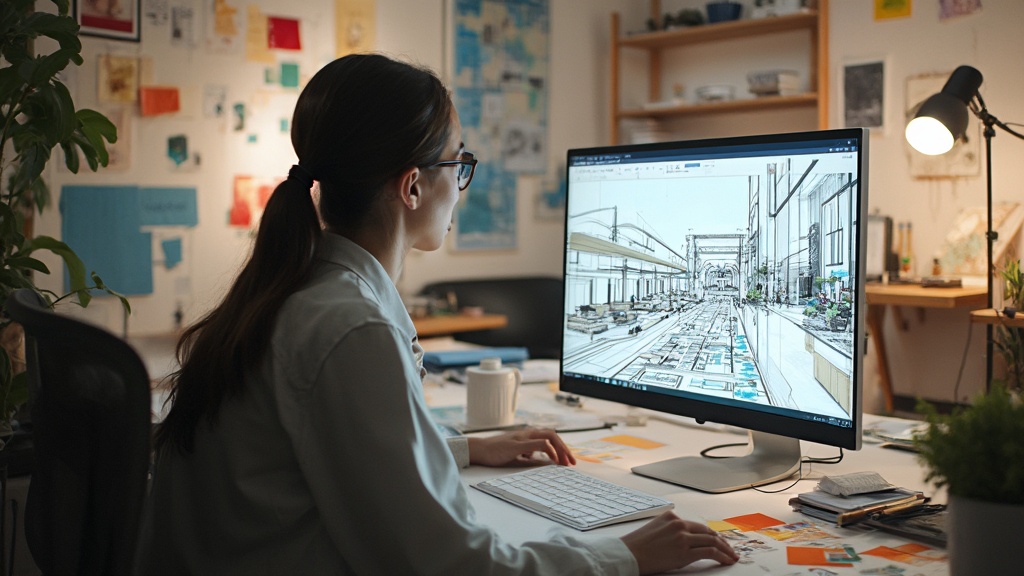
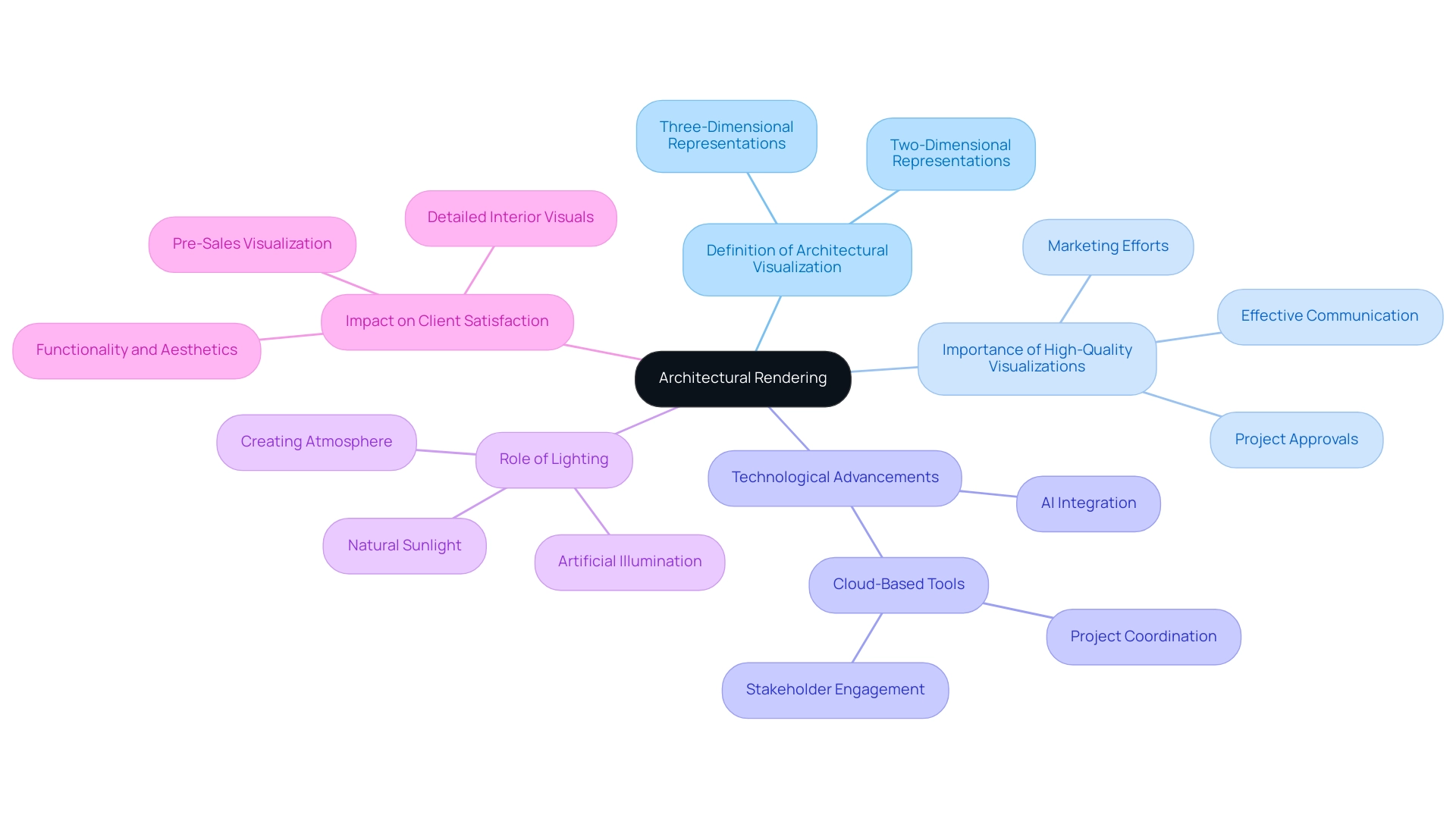
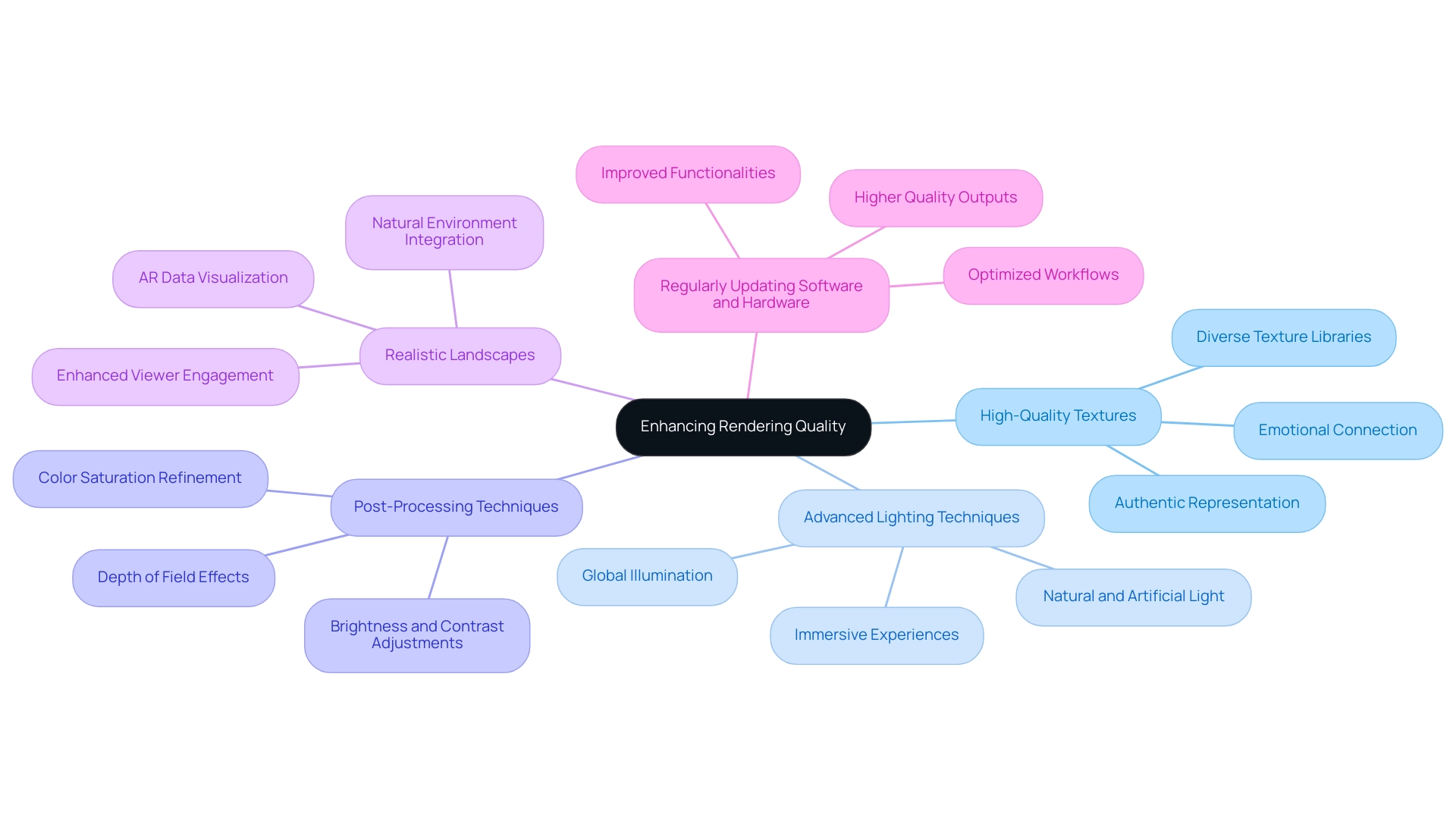
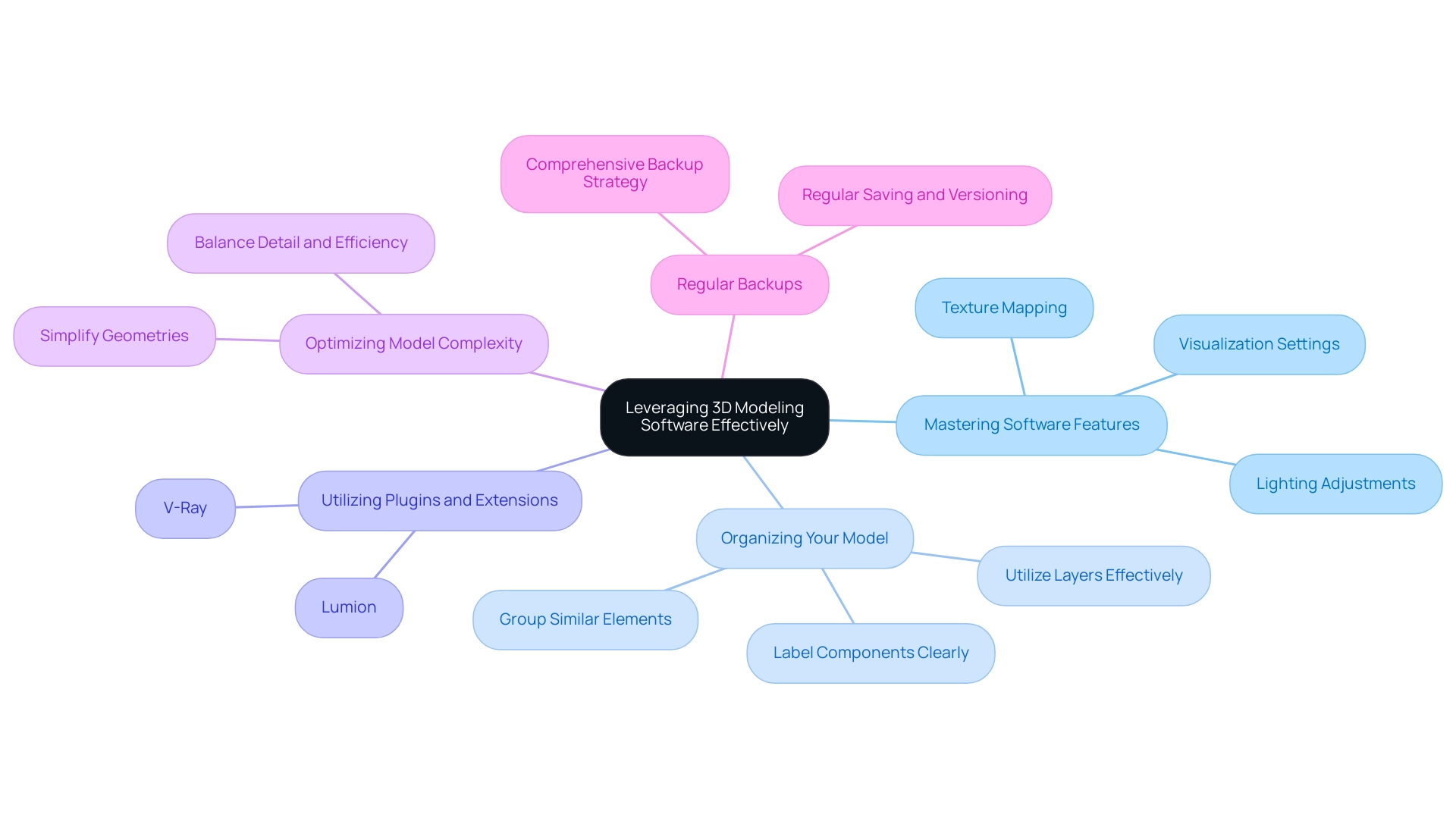
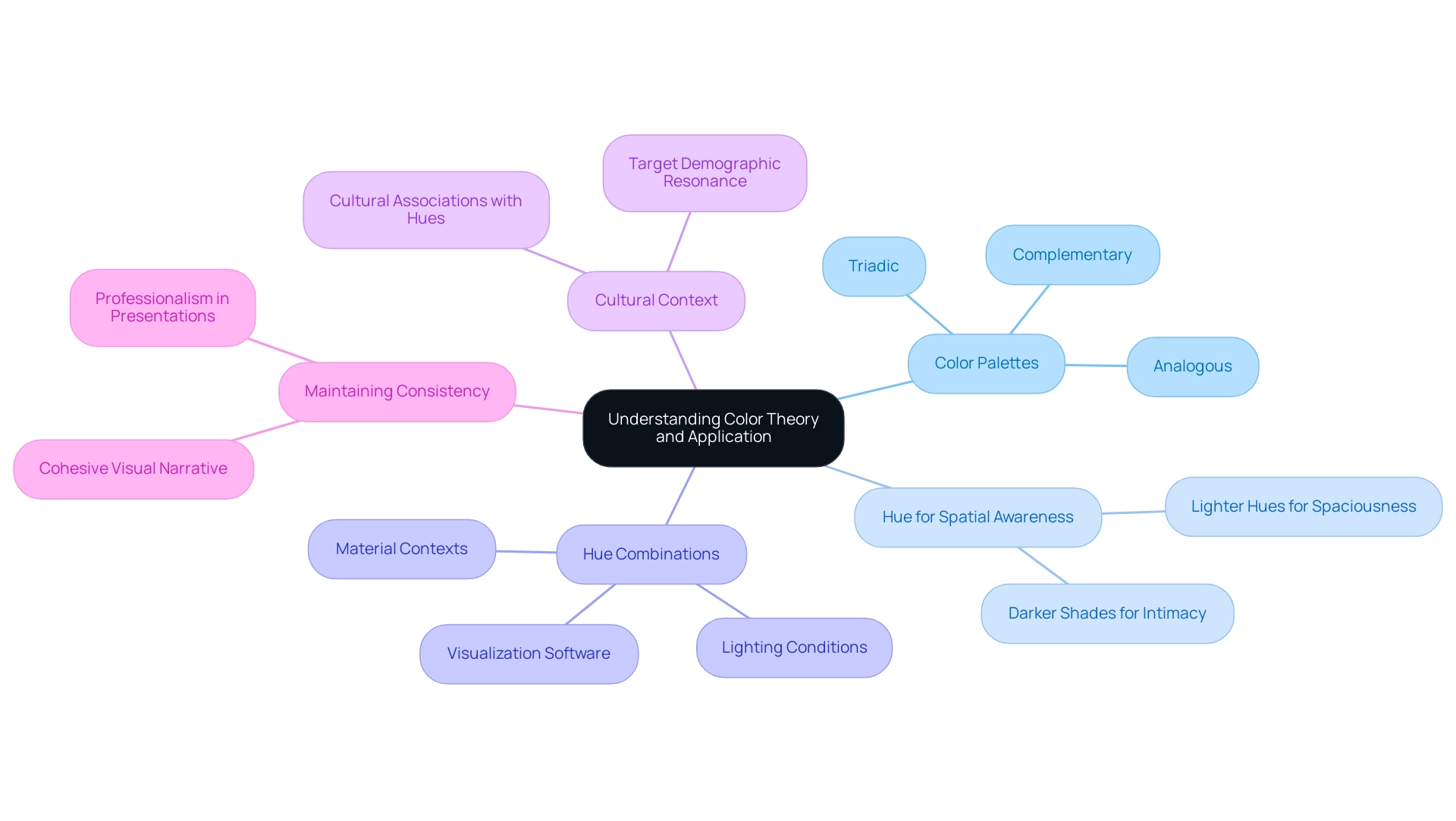
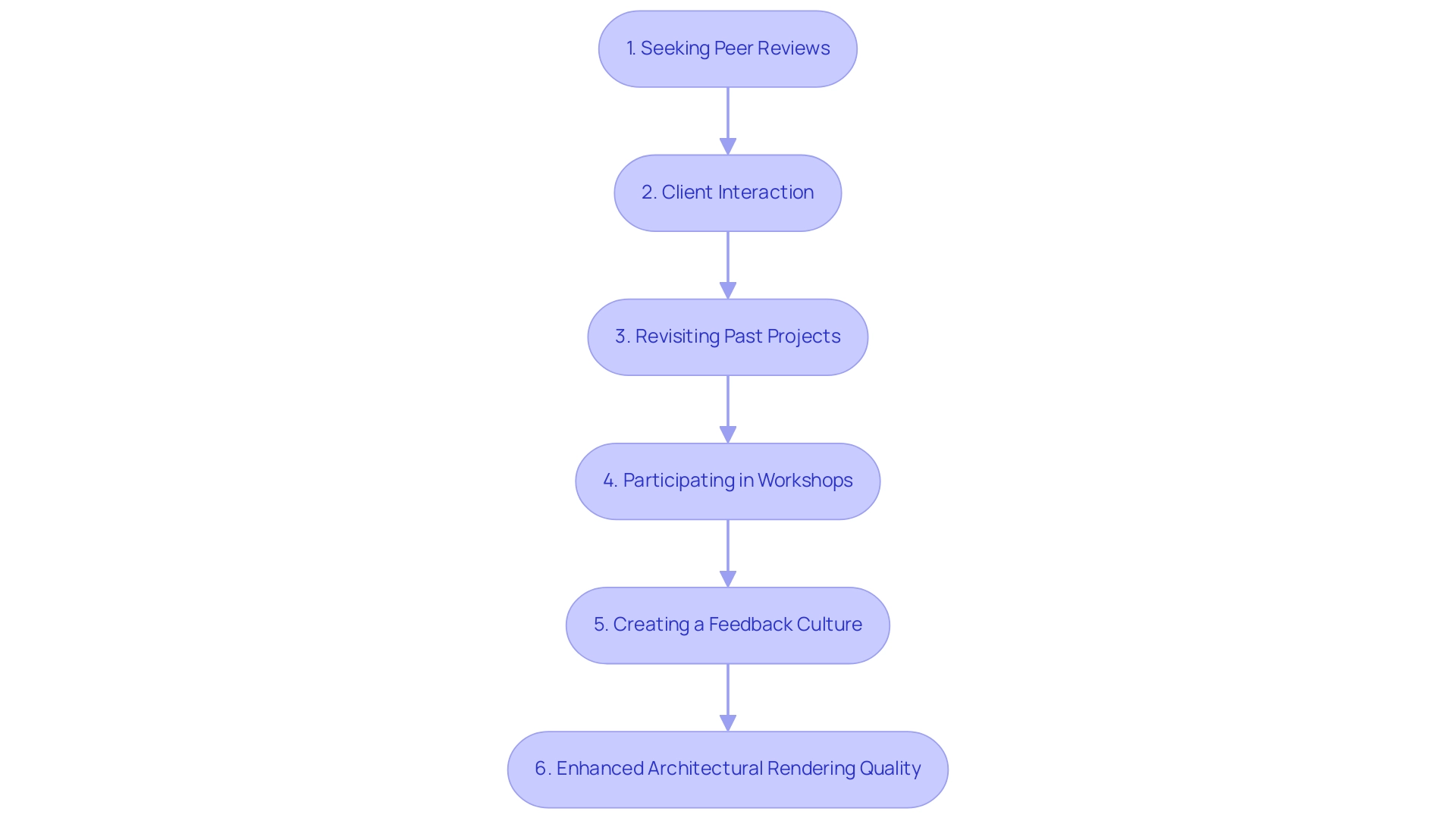
0 Comments